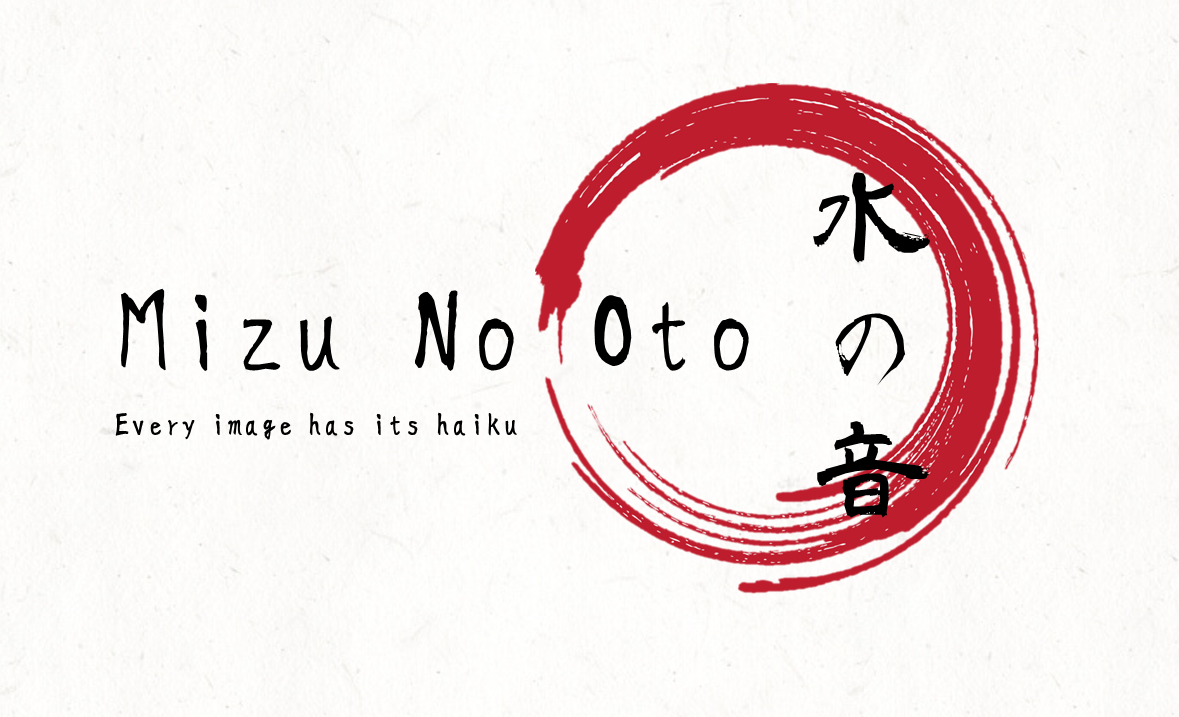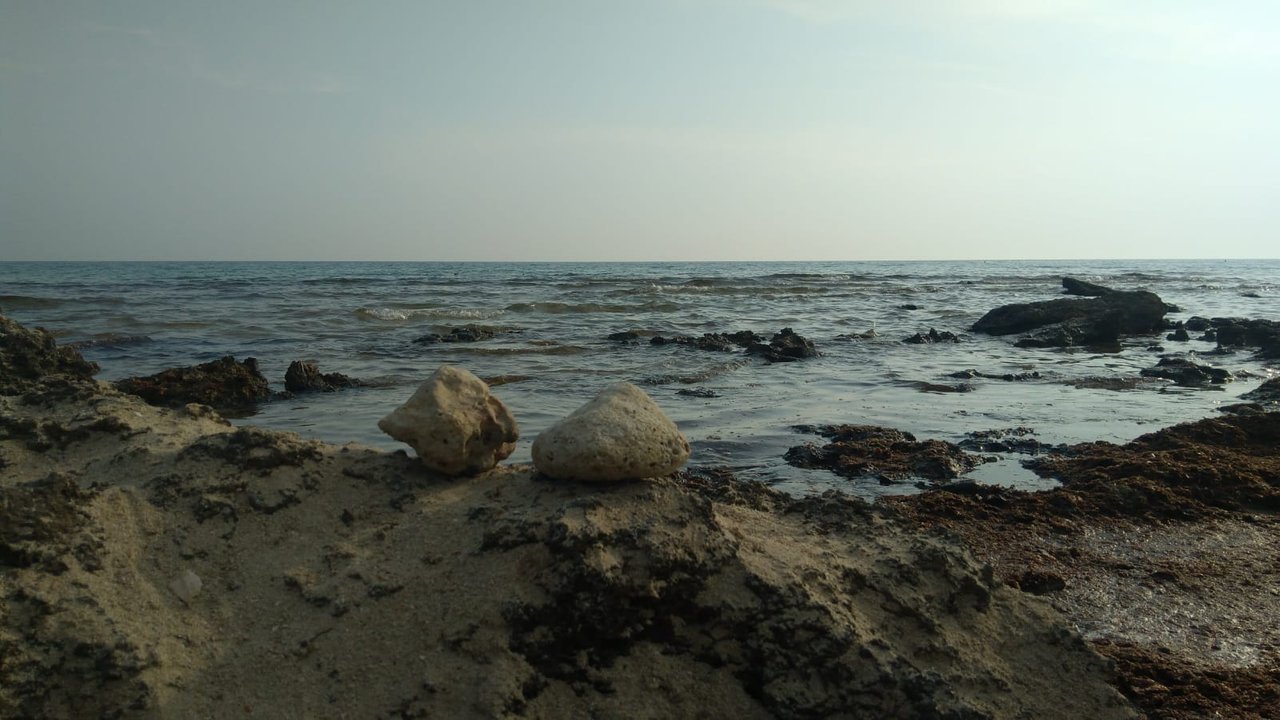haiku by Cezar-Florin Ciobîcă (Romania)
Welcome to the October English edition of the Bananafish haiku contest!
Here is how this contest works:
A photo is posted.
You write a haiku inspired by that photo with your own post (use #haikucontest as your first tag) or a comment in the comment section.
You can read other’s haiku and vote for one of them, answering to the special Bananafish comment in the comment section.
The authors of the Best Haiku, Popular Choice, and Best Vote Comment WIN 5 STEEM, 5 SBI & 1000 SNAX!
The contest deadline for both posting haiku and voting is the payout of this post (7 days from the publication). There will be another post with the winners proclamation after 1-2 days from the deadline.
@f3nix tireless work and the vital support by @curie and @crowdmind allow us to keep the amount of prizes up for grabs, which continue to include the SNAX token (see below).

The Prizes:
Courtesy of our partners, @Crowdmind, we're now also giving away SNAX tokens!
Check out Crowdmind's Interview with the team from the SNAX blockchain as well as our previous post.
To receive your SNAX rewards, you'll need to have a SNAX wallet. The best one so far is Nabla app.
Otherwise, you can use Snax.One
Here's a tutorial with photos. on how to set a Snax.One wallet.
So, the prizes now are:

The requirements:
• The haiku should be related to the prompt image.
• A haiku has no title.
• The haiku should be in English, or include an English translation.
• The English haiku form is: a short (3-4 syllable) verse, a longer (5-6 syllable) verse, another short (3-4 syllable) verse.
• There should be the kireji (切れ字), a cut between the 1st and the 2nd verses, or between the 2nd and the 3rd; the cut can be grammatical, as a sign of punctuation, or it can be a cut in the meaning, like two different images.
• The time window to post your haiku and cast your votes is up to the payout of this post.

Prompt Image:
[photo by @marcoriccardi]

Do you want to know how we evaluate the submitted haiku? These are the characteristics we search for:
• Kigo (季語), an explicit or implicit reference to a season, that defines the time of the year in which the haiku is composed or referred to.
• Sabi (寂), the sense of the inexorable passage of time, the beauty or serenity that accompanies the advance of age, when the life of the objects and its impermanence are highlighted by patina and wear or by any visible repairs.
• Wabi (侘寂), the taste for frugal and natural things, rustic simplicity, freshness or silence; it can be applied to both natural and artificial objects, or even non-ostentatious elegance.
• Mono no aware (物の哀れ), empathy with nature and human life; the "feeling of things", nostalgia, regret for the passing of time, understanding of the changeability and of the transience without suffering.
• Yūgen (幽玄), sense of wonder and mystery; it represents the state of mind produced by the inexplicable fascination of things, the feeling of an 'other' universe, full of mysterious unity.
• Karumi (軽み), beauty in simplicity; poetic beauty reflected in its simplicity, free from preconceptions and moral judgment.
• Shiori (しおり), gentleness; the levity and the delicate charm that radiates from the verses, where things are evoked in the reader without aggressiveness or excessive explicitness.

Shibui: the bitter charm of things
We are people with a culture of derivation mostly European. We often struggle to conceive the concept of beauty as understood by Japanese haijin. We associate beauty with colorful, bright, opulent things. Beauty can have a declination that we generally consider more delicate and refined, associating it with an Apollonian ideal of harmony, composure and measure; or it can have a declination often considered more crude and uncouth, when colors, shapes and materials are more flamboyant and excessive. Even in literature, beauty is often connected to elaborate constructions, rhetorical figures, a high language register with an accurate lexical search, that is different from everyday speech.
Instead, the Japanese concept of beauty, for the most part, was formed under the secular influence of Buddhist schools that have operated a cultural pressure towards extreme minimalism, the subtraction of all that is not strictly essential. This fact emerges from many aesthetic categories of which we have spoken during these months. There are, also in Japan, aesthetic currents that use a language rich in frills, opulent and almost gaudy: for example, the temples of Nikko with their rich and elaborate decorations. However, in general, true elegance is associated with simple lines, monochrome and everything that can suggest emptiness rather than fullness.
Here is our main problem when we try to compose a haiku. We are naturally inclined to enrich it with unusual words, with some verbal play or with a witty remark. It almost seems to us that if we do not put something extra, we are not writing a true poem.
A word that the Japanese often use to indicate elegance and refinement is shibui (渋 い), which means "austere", but more properly "astringent". It’s a word connected to the taste of unripe fruits and it’s the contrary to amai (甘 い), meaning "sweet".
Therefore, the sour and unripe fruits are considered superior to the ripe and sweet ones. The same pungent and minimalist quality applies to artistic events: in literature, elegance is closer to silence; in painting, it’s closer to the void.
This elegance also extends to social attitudes and lifestyles, in which ostentation is rejected, and austerity is exalted. Beauty is not obvious, but must be carefully sought by the observer. As the taste of the observer is refined, her sensitivity intensifies, the more she will be able to appreciate the shibui.
Soft colors, simple textures, a non-striking - seldom mysterious - linguistic register: all this is shibui, and it’s curious how we consider all this as "modern" in our culture. Minimalist furniture, soft colors, straight and clean lines, simplicity of forms, brevity and essentiality in communication: when we find all this around us, it makes us think about modernity, but the haiku have been bringing it for centuries.

Good haiku to everybody!
Your bananafishous haiku herald


Let’s the Bananafish Tribe grow together!

With delegations, Bananafish VP will grow and consequently the upvotes given to every contest entry will be higher.
Following the voting trail is a way to make sure you always support the other participants to the Bananafish contests, automatically upvoting the posts (but not the comments) Bananafish upvotes.
Join the Bananafish Realms on Discord and chat with us: https://discord.gg/ZWmEUWT
If you’re interested, here you can find all the information needed.
[banner credit: @f3nix]
Other Bananafish awesome contests and creative works (click on the banners):






